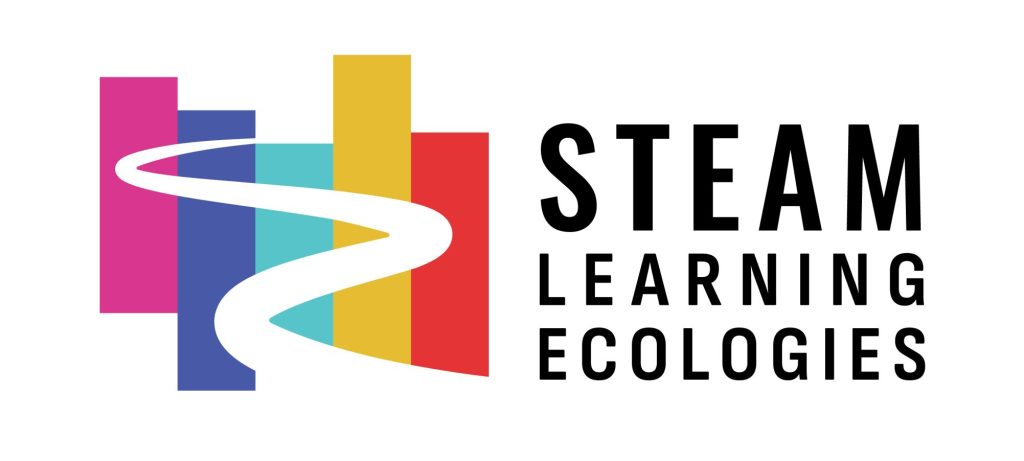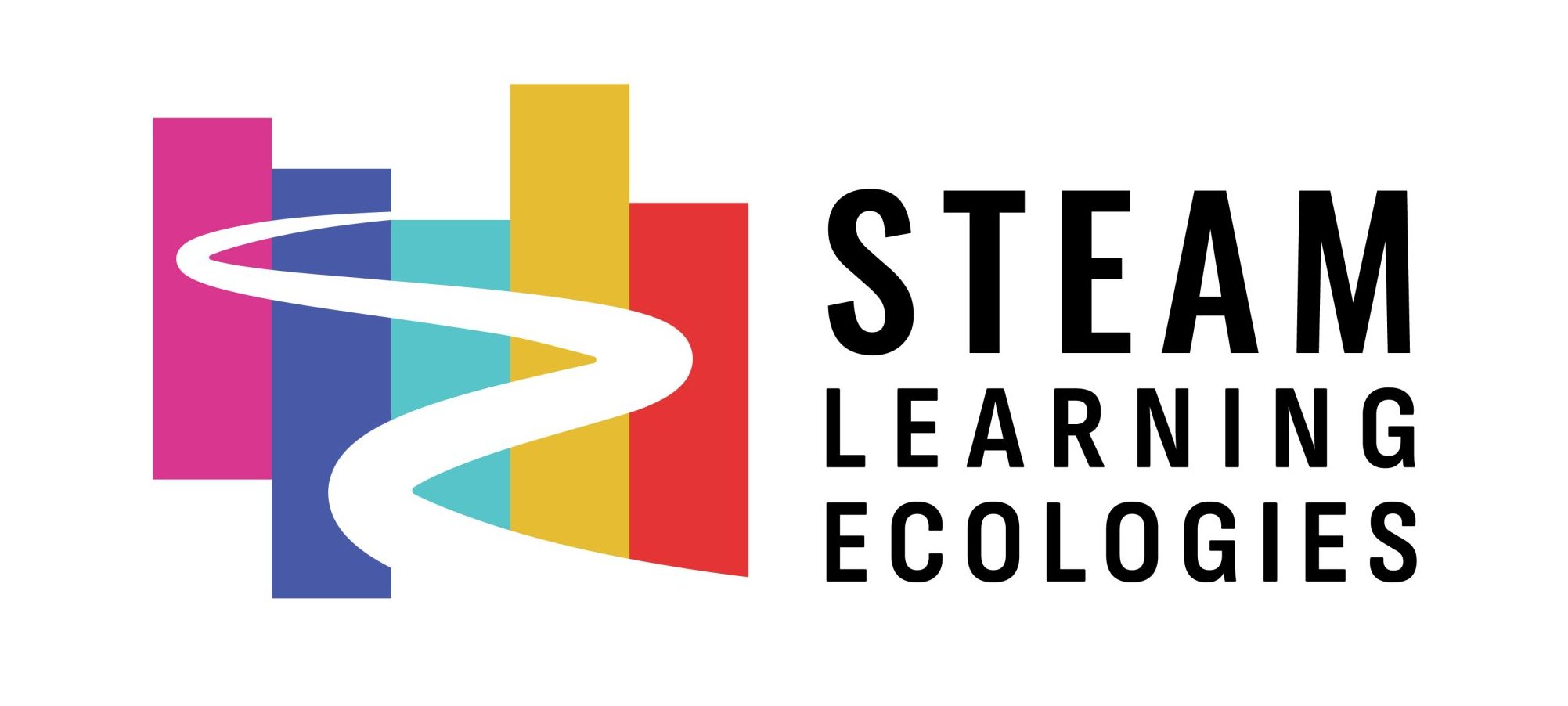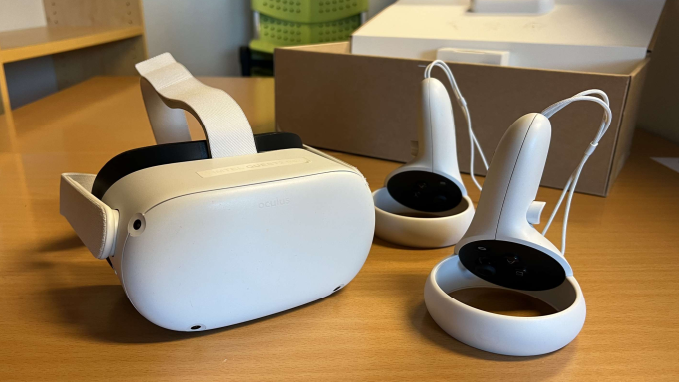The Norwegian University of Science and Technology (NTNU) initiated and concluded the Customer Driven Project (CDP) STE(A)M Learning Ecology (SLE). The initiative aimed to bridge the gap between theoretical and practical knowledge by connecting universities and industries. It promotes the integration of academic learning with industry requirements, thus enabling students to transition more smoothly from academic settings to the professional world and enhancing their pathway to employment.
The goal of this SLE was to develop software engineering skills through group work on a realistic prototype of a software-based project “on contract” for a real-world customer. The project covered all phases of the software development lifecycle, including project management, planning, pre-study, requirements gathering, design, programming, testing, evaluation, and documentation. CDP SLE went beyond small-scale software development projects, and ensured that students are equipped to handle practical challenges of real-world projects. This includes handling in user requirements, negotiation with stakeholders, planning and replanning, risk management, and human resource management.
Typically, university students were split in groups, with one project each. Groups consisted of 6 to 8 pupils, each assigned to a customer and a group supervisor. Close cooperation with the supervisor helped improve group dynamics and assists students in preparing the final report through constructive feedback. The collaboration between students and professionals enhanced theoretical knowledge and equipped students with practical skills – essential for their future careers and effectively bridging the gap between academic learning and industry requirements.
The ultimate objective is to deliver a Minimum Viable Product (MVP) system prototype. At the end of the SLE, students presented their product and submit a project report. The learning artifacts/products include:
- Presentation: A detailed presentation that communicates project objectives, the design process, technical challenges faced, and implemented solutions.
- Minimum Viable Product (MVP): The core software product developed, which could be a mobile/web app, AI mechanism, data analysis tool, IoT device, or other relevant software.
- Project Report: A comprehensive document that details the entire development process, covering project description, motivation, design and development stages, methodologies, architecture, testing, risk management, and any other necessary sections. It includes supporting documentation such as code snippets, diagrams, user manuals, and references.
This holistic approach to project completion allows students to demonstrate their technical skills, analytical thinking, and effective communication of complex ideas.
Examples of learning artifacts include software engineering projects in AI, IoT, Virtual Reality, and other engineering fields. These projects demonstrate students’ technical skills and innovation, showcasing their ability to apply theoretical knowledge to real-world scenarios, meet industry standards, and solve contemporary technological challenges.





One Response
What were the different phases covered in the software development lifecycle during this SLE?